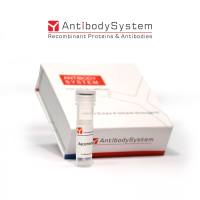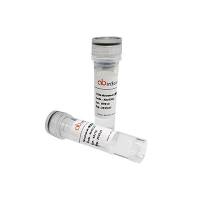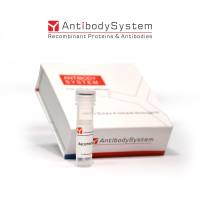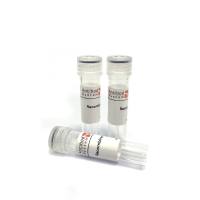Micropropagation of Peach Rootstocks and Cultivars
互联网
449
Peach (Prunus persica (L.) Batsch) is one of the most popular stone fruits, commercially produced largely in Mediterranean and, to a lesser extent, in continental climatic conditions. Several breeding programs with different aims release annually large numbers of new cultivars. Micropropagation offers a suitable method to provide the growers of sufficient quantities of rootstocks, as well as of pathogen-free planting material of old and new cultivars.
An effective four-step micropropagation procedure for cultivar and rootstock production is described here, based on the use of modified MS and WPM media. The health status of the initial shoot tips is very important, also because the growth and proliferation rate of shoot cultures from virus-infected clones are generally very poor. Proliferation and elongation phases depend on the major macro-elements, as well as the content and ratio of plant growth regulators. It is important to grow the cultures at 22�C, as hyperhydricity may develop at higher temperatures. Although sucrose is the most common carbon source used during proliferation and rooting, for some peach cultivars and rootstocks the replacement of sucrose (10 g/L) with glucose (20 g/L) in the rooting medium improves the rooting and survival rates of plants in the acclimatization phase. The rooting rate of the rootstock “Cadaman” is improved with the chelated form of iron FeEDDHA at 150 mg/L. Rooted plants are acclimatized in greenhouse under high humidity conditions.









